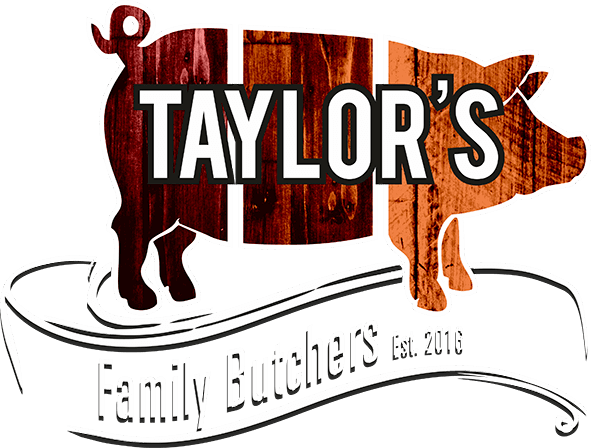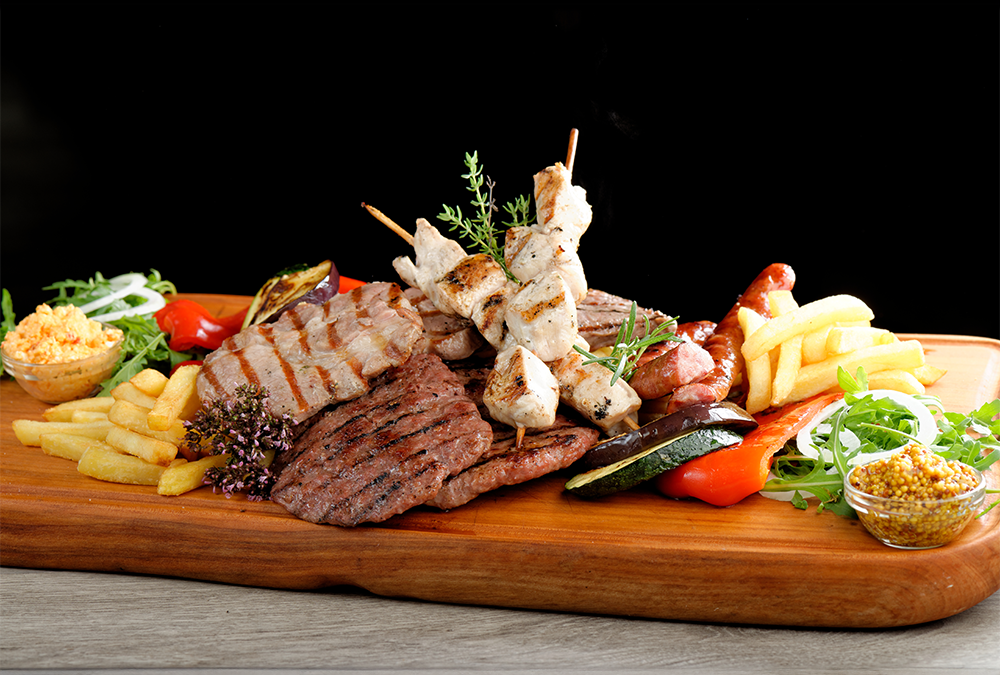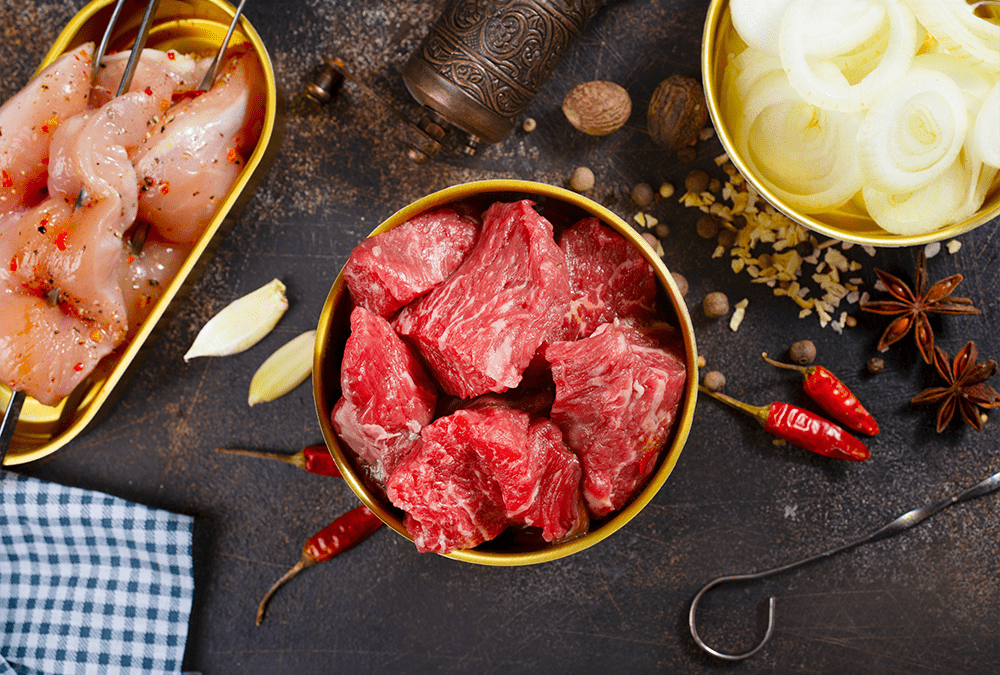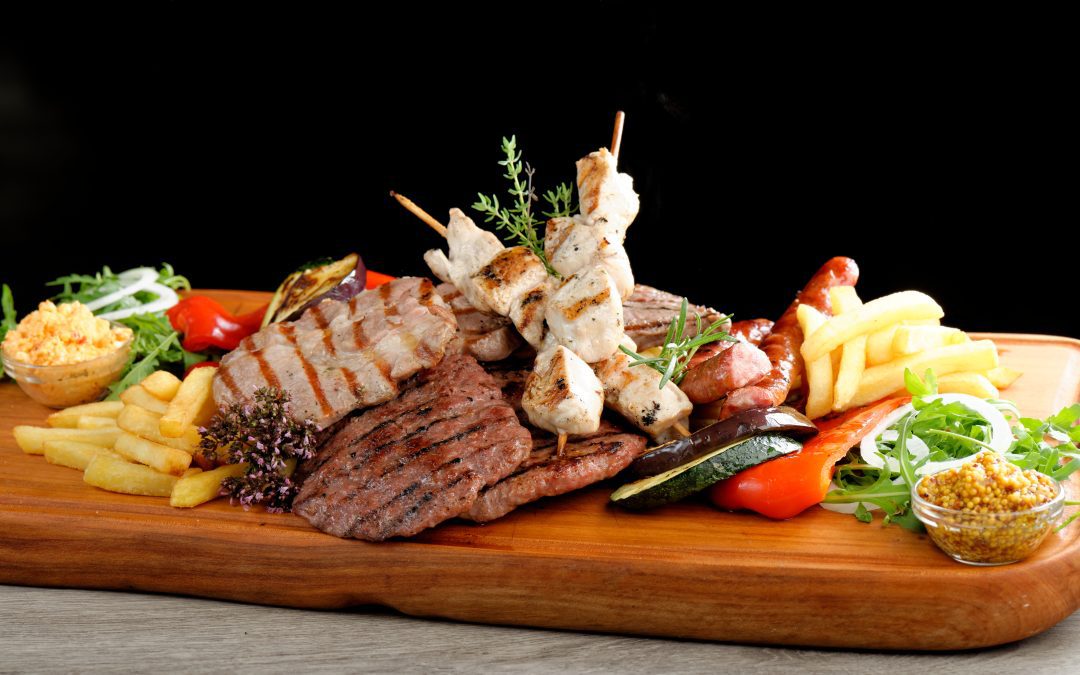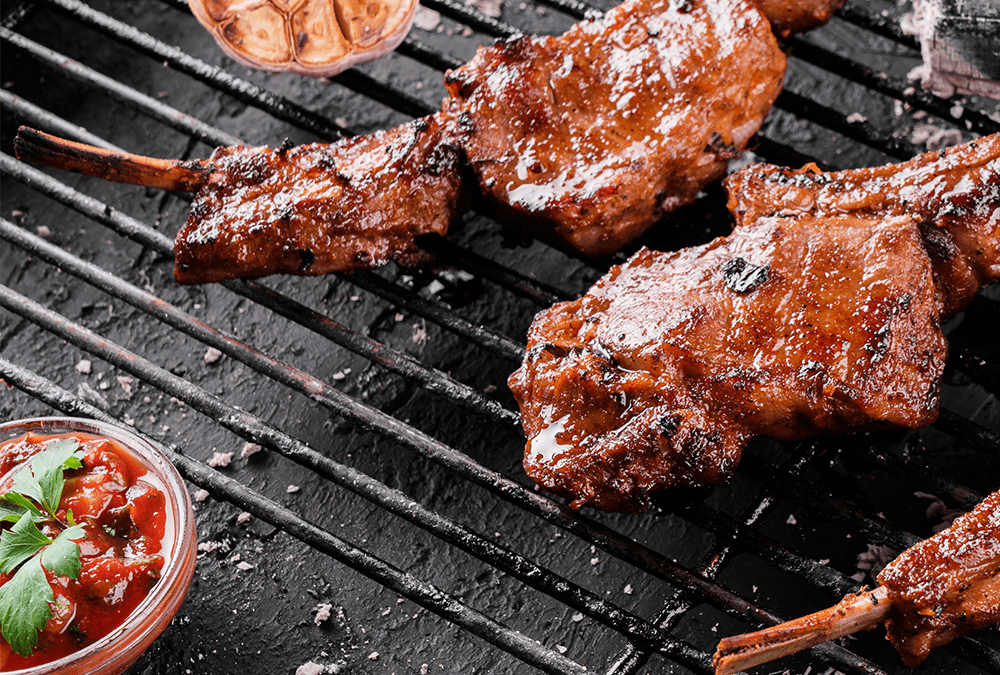Deck the Halls and Carve the Meat – Exploring Christmas Dinner Traditions and Perfect Roasts
Deck the Halls and Carve the Meat – Exploring Christmas Dinner Traditions and Perfect Roasts
Christmas dinner holds a significant place in the hearts and traditions of many people around the world. It’s a time when families and loved ones come together to share a delicious meal and celebrate the festive season.
The rituals and traditions surrounding Christmas dinners have evolved over time. They have become a significant part of gatherings held during Christmas, bringing people together and creating cherished memories.
What does a traditional Christmas dinner look like for you?
Turkey
The most iconic choice for Christmas dinner is turkey. It has been a centrepiece of Christmas dinners for generations. Turkeys can come in many different sizes, making them perfect for feeding a crowd or just a few people. The versatility of turkey and its tender, lean nature are perfect for this special dinner. The only other choice is whether you go for a whole turkey or just get a crown and reduce the faff of cooking the entire bird.
Goose
Another popular option is a goose, traditionally eaten during Christmas before turkeys became widely available. Goose meat is well known for its rich flavour and succulent texture. Many people choose goose for its indulgent taste and the sense of tradition it brings to the table.
Gammon
For those who prefer something a bit different, gammon is a delicious choice. Gammon is a cured ham typically roasted and served with a sweet glaze. It adds a unique and savoury element to the Christmas dinner spread.
Beef
Beef is also a popular choice for Christmas dinner, with options like roast beef or prime rib. The succulent and tender meat and flavourful gravy will impress guests and create a memorable dining experience.
Pork
Lastly, pork, especially roast pork with crispy crackling, is enjoyed by many during the festive season. The juicy meat and crunchy crackling combine to create a delightful contrast of textures and flavours.
Roasting is the most common cooking method for the main course, as it helps to seal in the flavours and ensures tender and juicy meat. However, other cooking methods like smoking or slow cooking can also add different flavours and textures.
To make your Christmas dinner preparation less stressful, here are a few tips:
- Plan ahead: Create a detailed shopping list and your cooking schedule to avoid any last-minute rushes. Visit our website to secure your Christmas meat delivery slot and save yourself even more time rushing to the shops!
- Delegate tasks: Get your family and friends involved in the preparation process. Assign different tasks to lighten the workload and create a sense of togetherness.
- Prepare in advance: Many dishes can be prepared and reheated on the day of the dinner. This will save you valuable time and reduce stress on the day.
- Don’t forget the leftovers: Christmas dinner leftovers are often just as delicious as the main meal itself. Plan some creative recipes for using up the leftovers, such as turkey sandwiches, bubble and squeak, or even a hearty turkey soup.
Whatever your choice, visit us and pick up your favourite Taylor’s meat for Christmas dinner.
